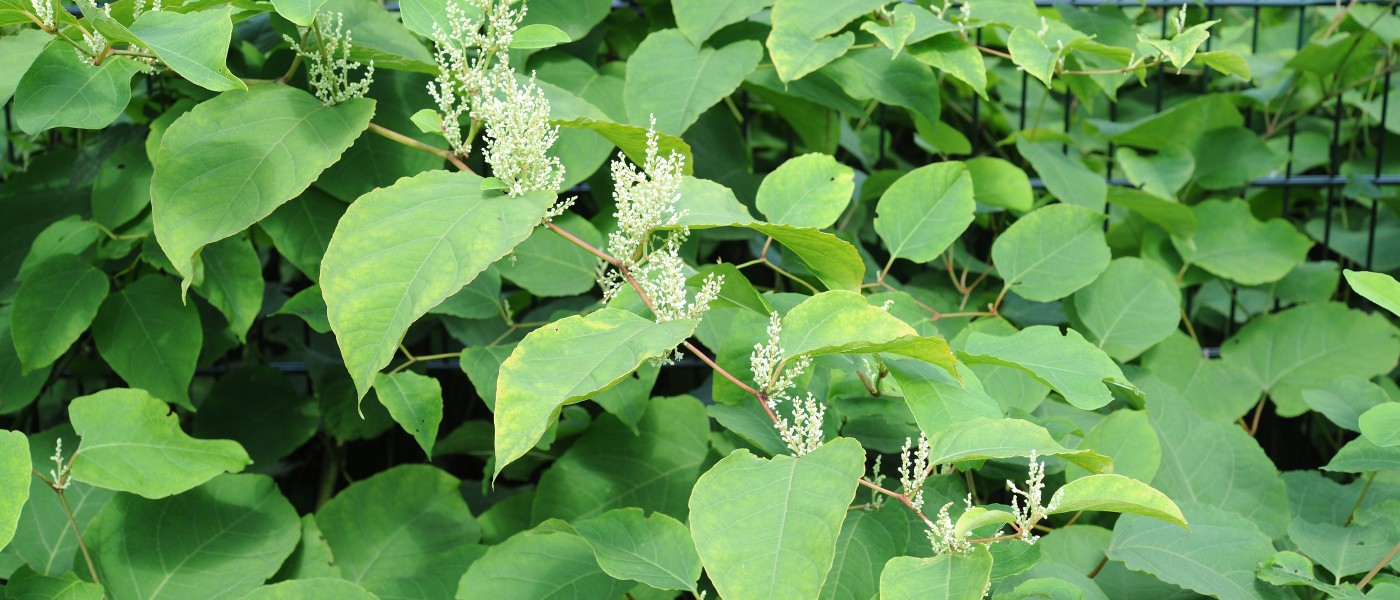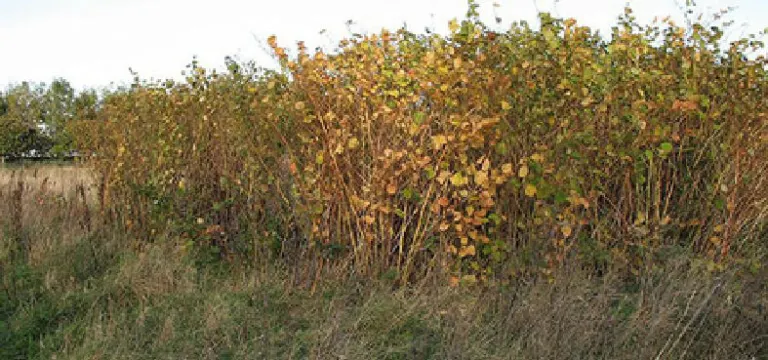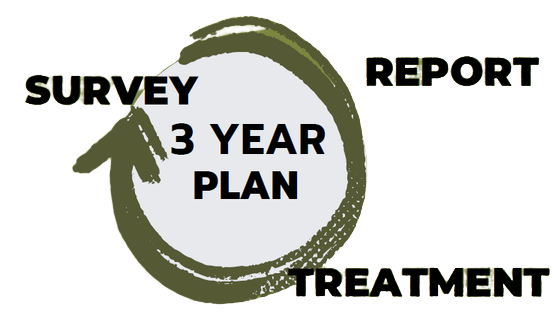
JAPANESE KNOTWEED CONTROL

WHY BOTHER?
Invasive Japanese Knotweed is a long-lived rhizome-forming perennial, which dominates other plants & is easily spread if cut
It grows rapidly into a dense, compact canopy that restricts access to light for native plant species.
Decomposing leaves & knotweed stems form a thick mulch that limits the germination of native plant species.
Reduces habitat availability & quality.
Limits soil binding capacity, thereby increasing the risk of riverbank erosion.
Restricts access & fishing.
HOW CAN YOU HELP
Please use this guide to help us identify Japanese Knotweed locations in Glenarm.
 |
You can email your findings & pictures to us, so we can add the locations to our control programme, with the landowners consent. |
We have funding to train two more young people in Knotweed identification & treatment, leading to official certification.
Interested in helping or need advice? Contact us at: knotweedglenarm@hotmail.com If you don’t have email, you can leave a message for us at Wilson’s Stores.

ABOUT US
Japanese Knotweed is growing in the Glenarm River, its tributaries, & nearby land. As local residents, we’re concerned about its impact on Glenarm’s natural beauty & conservation status.
With support from the Heritage Fund, we’ve trained a small team to identify & treat the infestation. Our first round of treatment last year covered the river, tributaries, adjoining gardens, & land near Bachelors Walk. While we’ve seen a reduction, Knotweed is highly resilient, & continued effort is essential.
This year’s treatments are scheduled for June & September. If Knotweed is found in private gardens, we can provide an initial treatment & support homeowners in planning follow-up care. Two of our trained volunteers run a professional gardening business & are available to help if needed.
1. IDENTIFY
SPRING
They’re red/purple in colour & look similar to asparagus, with a woody stem & a pointed tip. The leaves are curled up (they’re still very young at this point).

SUMMER
Forms dense clumps of foliage withgreen leaves & a number of small yellowflowers. As summer progresses, theseyellow flowers gradually turn white asautumn nears. The green leaves areshaped like a spade or a cartoon heart,with a pointed tip & straightened edge.


AUTUMN
Up to 3m tall, its stem will remain green with purple speckles until the end of Autumn when they turn reddish-brown. The stems appear in a cluster form, like bamboo as the stem will be hollow.
Early Autumn, the leaves will remain green & in a heart shape. It will grow clusters of creamy white flowers. However, later on in the season the leaves & flowers begin to turn yellow & start to wilt.

WINTER
As we move into winter, the leaves of Japanese Knotweed will fall from the plant & the canes will die off. The canes turn brown & have a dark orange centre.
2. REPORT
Report locations of Japanese Knotweed in Glenarm so we can prioritise & schedule treatment.
Where possible, we will prioritise treatment at upstream sites in riparian areas & locations in high traffic areasto prevent further disturbance & spread.
3. TREAT
DO NOT cut or remove it!
This will cause it to spread.
Research shows glyphosate, applied at the time when invasive knotweed is most vulnerable to its effects, is the most effective control treatment.
This will be applied as one or both: Stem injection – when knotweed is growing among rare and/or desirable vegetation, or a targeted application method is needed.
Foliar spray – maximum permitted application rate applied once per year.
